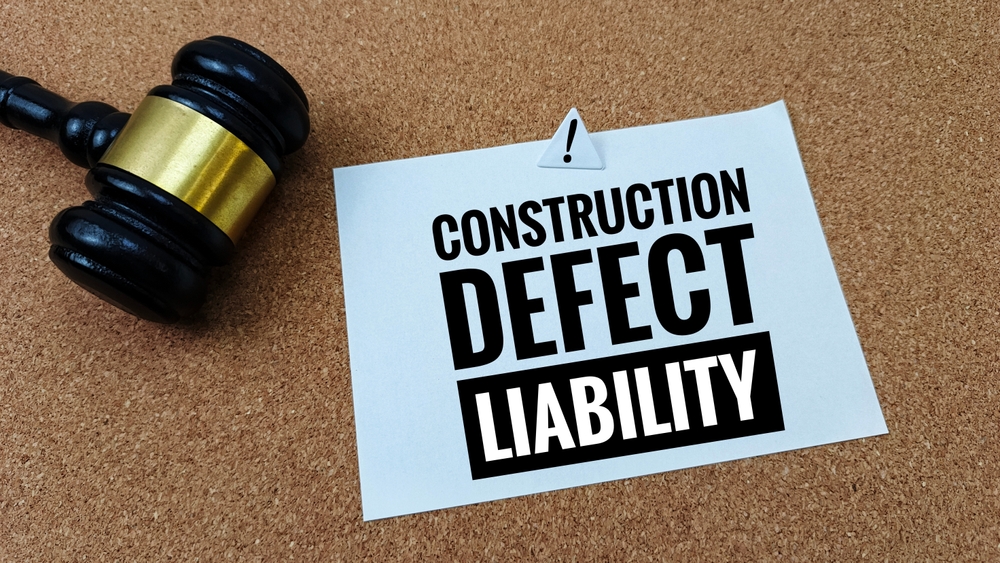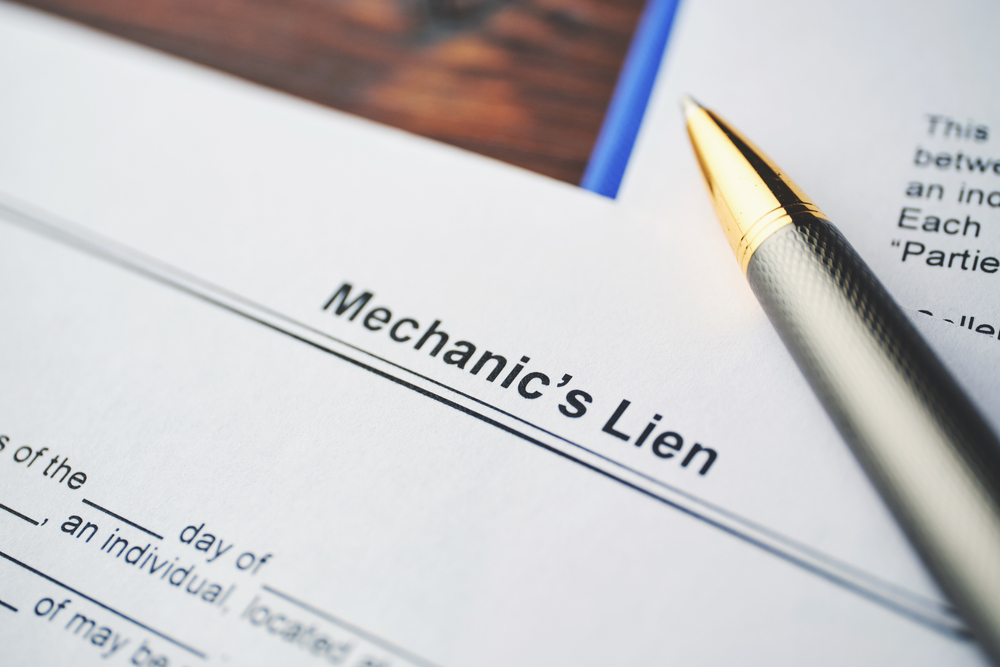
In the days following Hurricane Harvey, news agencies reported only about 80 percent of homeowners in the affected areas were covered by flood insurance.[1] As a result, uninsured flooded homeowners have sought other options to repair and replace their damaged property. In an effort to find alternative forms of compensation, some homeowners have attempted to direct their complaints at their builders, subdivision developers, municipalities, and state and federal authorities. This article summarizes the recent legal actions considered by flooded homeowners, and information that homeowners and their builders should consider going forward.
Suits against builders. If a homeowner pursues a torrential rain flooding case against a builder, the owner would need to show: (a) the builder directly warranted or guaranteed the house would not flood (this would be a difficult provision to find in any contract) –OR- (b) the builder gave an “implied warranty” the home was constructed in a workmanlike manner and is fit for habitation. Humber v. Morton, 426 S.W.2d 554, 555 (Tex. 1968); Gupta v. Ritter Homes, Inc., 646 S.W.2d 168, 169 (Tex. 1983). Except for very unusual situations, all home purchases carry an “implied warranty of habitability,” which covers hidden defects not discoverable by a reasonably prudent inspection of the building at the time of sale. Humber, 426 S.W.2d at 552. The implied warranty of habitability does not include defects, even substantial ones, that are known by or expressly disclosed to the buyer. In the case of flooding during a torrential hurricane rainstorm, the homeowner would have to show that the builder knew, or should have known, that the property would flood and had a duty to disclose it to the homeowner. In the case of previously flooded homes, it would be possible to make a case for a breach of implied warranty if the flooding is not disclosed. However, for a home that has never flooded, it would be difficult and very expensive to make such a case.
Suits against subdivisions/developers. Residents in the Millwood Riverstone subdivision in Sugar Land, a five year old subdivision, are gearing up to sue the developer, neighborhood engineer, and possibly the homeowners’ association because they allege their property was removed from the Brazos River flood plain before it was developed.[2] These lawsuits would have to be brought a group of homeowners due to the expense of hiring engineering and floodplain experts to prove the case against the developer. It is expected that several similar lawsuits will be filed in Houston over the next year. The legal claims will most likely be based upon misrepresentation of facts known by the developers or the homeowners’ associations.
Suits against municipalities, and state and federal authorities. Claims against local and state agencies will be the topic of discussion over the next year in Houston as well. The San Jacinto River Authority released water from the Lake Conroe dam during Hurricane Harvey, which is largely believed to have caused major flooding around Lake Conroe, Spring, Humble, Kingwood, and Atascocita. Similarly, The Army Corps of Engineers, a federal agency which deals with dams, canals and flood protection in the United States, released water from the Addicks and Barker reservoirs in west Harris County, which also resulted in flooded neighborhoods.[3] The claims against these agencies, if they are pursued, would be considered “takings” claims — a plaintiff must allege: (1) an intentional governmental act; (2) that resulted in his property being taken; (3) for public use. Harris Cty. Flood Control Dist. v. Kerr, 499 S.W.3d 793, 799 (Tex. 2016); Gen. Servs. Comm’n, 39 S.W.3d at 598. If the government does not pay for the property and damaged or destroyed it, the takings claim is called “inverse condemnation.” Kopplow Dev., Inc. v. City of San Antonio, 399 S.W.3d 532, 536 (Tex. 2013). The homeowners will need to show that governmental entity caused the harm.
What can builders do to make a difference? Although it would be difficult to find a builder directly responsible for a home flooding as a result of a hurricane or tropical storm, some in the building community are calling for more proactive approaches to residential development, particularly new construction, because flooding is so unpredictable. Armando Cobo, a builder interviewed in What’s Wrong, and What’s Right, With Residential Building in Texas, stated that builders, engineers and homeowners should consider raised elevations above and beyond the local code requirements for flooding. In addition, if a new home construction is near a creek, golf course, or other low-lying areas, to consider higher elevations – even when not required – and to use treated plywood for the first four feet of wall sheathing.[4]
[1] https://www.usatoday.com/story/money/2017/08/29/hurricane-harvey-houston-flood-insurance-damages-claims/611910001/
[2] http://abc13.com/homeowners-file-lawsuit-against-developer-after-flooding-issues/2461702/; https://independentamericancommunities.com/2017/09/28/when-is-a-flood-zone-not-a-flood-zone-riverstone-owners-sue-hoa-developer/comment-page-1/
[3] https://www.click2houston.com/news/attorneys-file-class-action-lawsuit-over-addicks-barker-releases
This article is intended as a general educational overview of the subject matter and is not intended to be a comprehensive survey of recent jurisprudence, nor a substitute for legal advice for a specific legal matter. If you have a legal issue, please consult an attorney.
Karalynn Cromeens is the Owner and Managing Partner of The Cromeens Law Firm, PLLC, with over 17 years of experience in construction, real estate, and business law. A published author and passionate advocate for contractors, she has dedicated her career to protecting the businesses her clients have built. Karalynn is on a mission to educate subcontractors on their legal rights, which inspired her books Quit Getting Screwed and Quit Getting Stiffed, as well as her podcast and The Subcontractor Institute.

